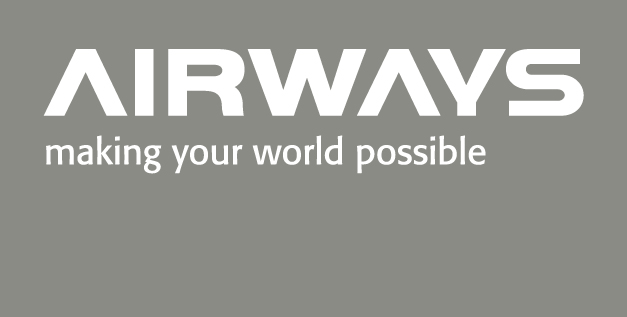Airways New Zealand installs satellite-based surveillance to improve airspace safety

High on the peaks of New Zealand’s South Island, Airways is installing cutting-edge multilateration surveillance technology operating in only a handful of airspaces around the world.
The New Zealand air navigation service provider is installing nine multilateration (MLAT) sites in remote mountainous regions throughout Otago and Southland. This will provide Airways air traffic controllers with visibility into valleys and behind mountains, areas which are out of the reach of radar surveillance.
Airways Head of Engineering and Maintenance Peter O’Regan says the challenges of installing this technology in such remote areas are outweighed by the benefits.
“We’ve been working in some really remote spots to install the equipment, using helicopters to fly heavy gear to mountain tops, with high exposure to wind, rain and snow throughout the year,” he says. “At Wether Range near Omarama, for instance, we drove a digger to the peak to dig the foundations, and then used a helicopter to fly in the 13 tonnes of concrete needed for the station foundations.”
“The MLAT equipment will allow air traffic controllers to confirm that aircraft are exactly where they say they are, removing the need to rely on position reports, which is crucial for improving safety in this complex airspace,” says Mr O’Regan.
Airways completed installation of 18 MLAT sites around Queenstown in 2009. Nine sites are now being added, to expand the network into the upper controlled airspace towards Dunedin, Invercargill and over the Tasman Sea to the west of Queenstown.
The network incorporates Automatic Dependent Surveillance-Broadcast (ADS-B), satellite-based surveillance technology utilising GPS position data. The sensors are deployed with minimal environmental impact, using existing communication sites, or are solar powered.
MLAT technology provides a three-dimensional picture of air traffic and allows Airways to reduce the separation between aircraft as the radar surveillance indicates the exact position of each aircraft. This results in fuel efficiencies and decreased costs for airlines which no longer need to hold aircraft at lower levels, and in fewer disruptions for passengers.
The system will become operational towards the end of the year.
A 400kg bucket of concrete mix is flown by helicopter to the multilateration installation site on the top of Wether Range, Omarama.


.jpg)
.png)




Comments
There are no comments yet for this item
Join the discussion